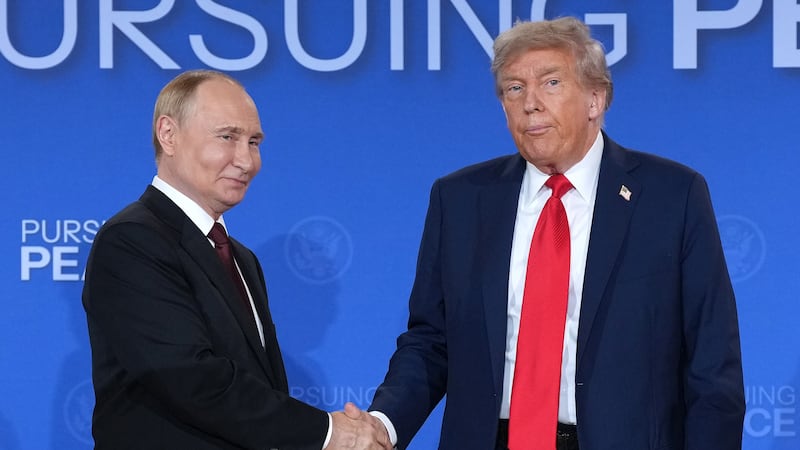JD Vance got his history mixed up while trying to explain President Trump’s new approach to ending the conflict in Ukraine.
Speaking to Kristen Welker on Meet the Press Sunday, the vice president vigorously defended Trump’s push to end the war through give-and-take negotiations—rather than the sanctions and ceasefire demands he once leveled at Vladimir Putin.
Using the Second World War to illustrate his point, Vance claimed concessions and diplomacy are vital to end major conflicts—but seemingly forgot that the war ended due to unconditional surrender.
“If you go back to World War II, if you go back to World War I. If you go back to every major conflict in human history, they all end with some kind of negotiation,” said Vance, who was deployed in the Marines as a combat correspondent.

Unfortunately for Vance, World War II was not brought to an end, but came to a close with the unconditional surrender of Germany on May 7, 1945, and Japan on September 2, 1945.
“Vance says WWII ended in negotiation -someone tell that to Hiroshima,” one user wrote on X.
Another added, “World War 2 ended with the exact opposite of a negotiation.”
During the interview, Welker brought up the concern that Ukraine was expected to accept the loss of territory illegally seized by the Russians to end the war, which President Volodymyr Zelensky has made clear he has no interest in doing.
“First of all, the Ukrainians are going to ultimately make the determination about where you draw the territorial lines in their own country,” Vance responded.
After sidestepping the implications of Ukraine having to make territorial concessions, Vance suggested that finding “middle ground” was “how wars ultimately get settled.”
Vance also described the US’ new role as being “not active parties in the negotiation, we’re effectively mediating.”
He added, “If Ukrainians are willing to say something on territory that brings the conflict to a close, we’re not going to stop them. We’re also not going to force them, because it’s not our country.”

Vance’s office did not immediately respond to request for comment.
Setting history aside, the emphasis on mediation—and the hint that Ukraine may need to cut its losses to end the conflict—marks a striking about-face from Trump’s harder line just days earlier.
Trump met with Putin in Alaska on August 15, and failed to secure a ceasefire despite initially stating that the Russian President could expect “severe consequences” if he didn’t agree to end the fighting in Ukraine.





